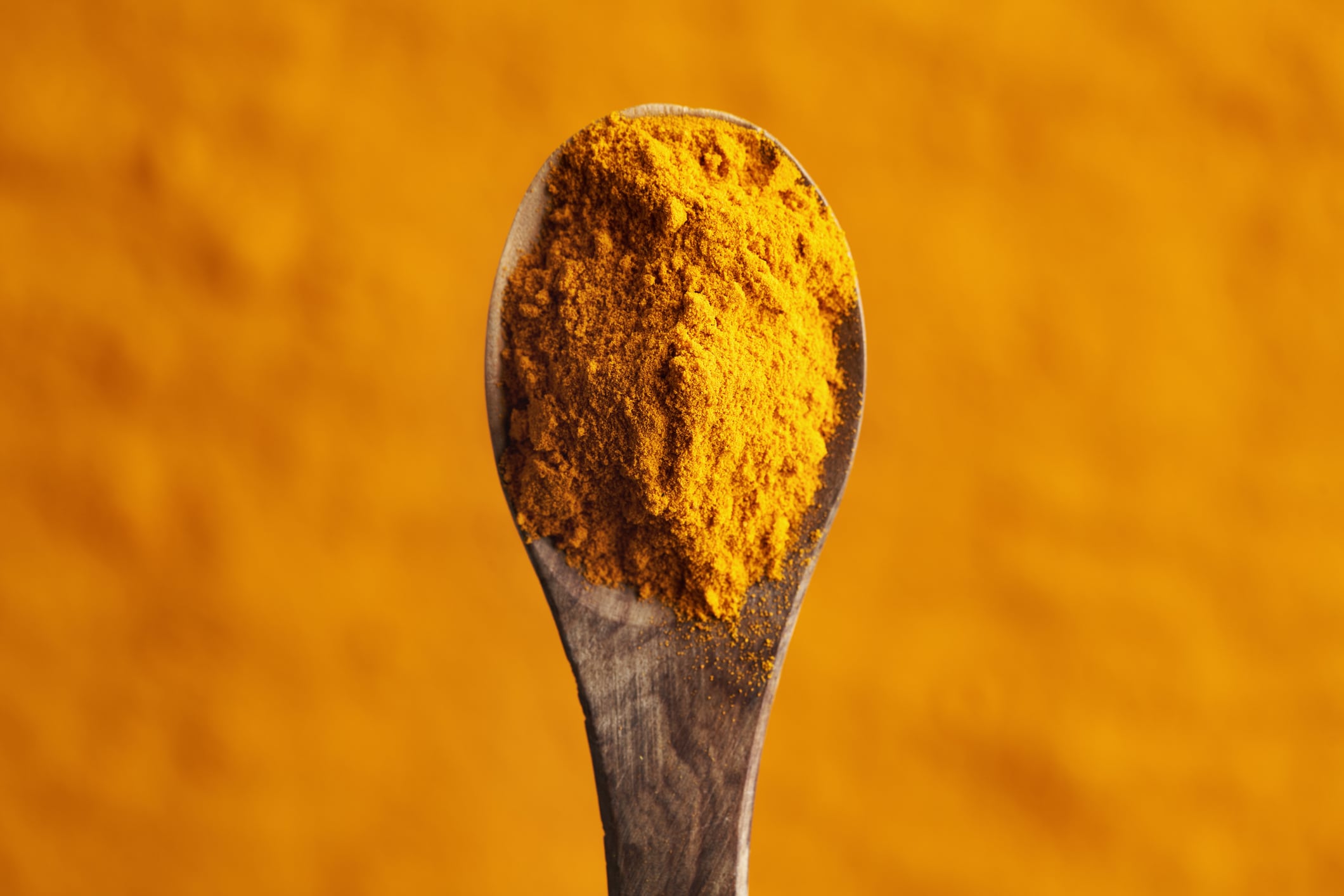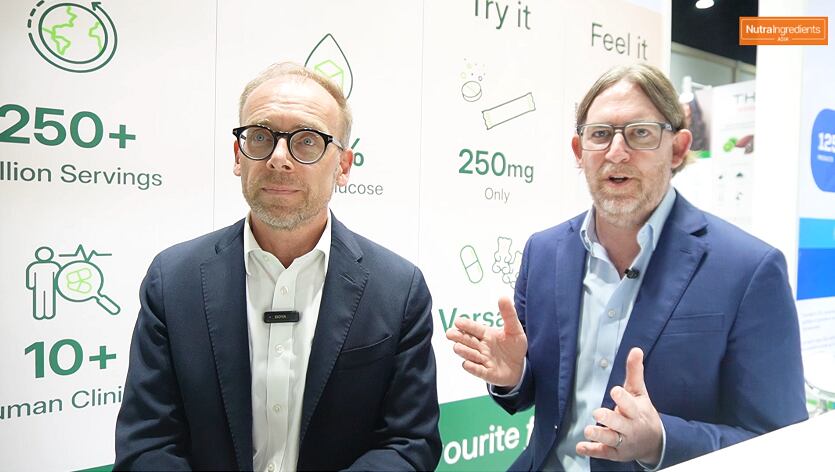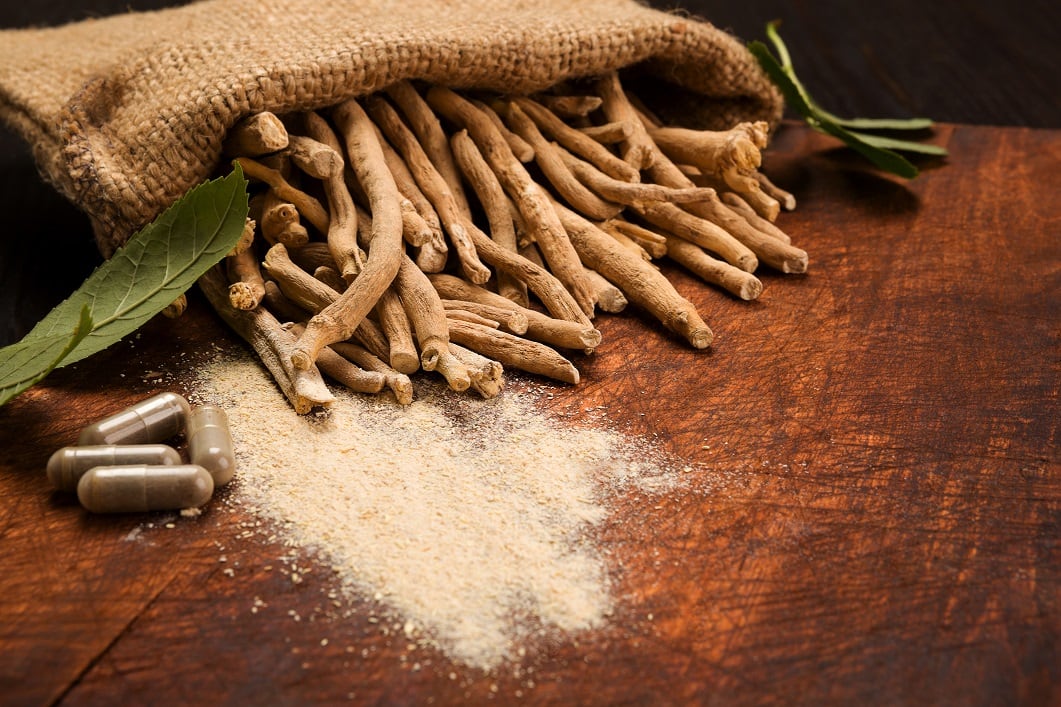“The SFE + UAE combination enhances yield and concentration of bioactive compounds like phenols and curcuminoids, optimizing turmeric extract’s neuroprotective and anti-inflammatory potential and providing fractions with specific composition of bioactives, thus targeting different health benefits,” wrote the team of Columbian and Spanish researchers in Frontiers in Nutrition.
“In this sense, both fractions could be advantageously employed to develop nutraceuticals and/or functional foods with specific health benefits.”
Benefits of green extraction techniques
The researchers noted the significant limitations of conventional extraction methods.
Using solvents can cause environmental pollution and pose disposal problems. Additionally, the high temperatures used by manufacturers in solvent extraction can degrade the bioactive compounds in the materials, thereby reducing the quality of the resulting extract.
Supercritical fluid extraction (SFE) and ultrasound-assisted extraction (UAE) are environmentally friendly techniques that use solvents such as supercritical carbon dioxide (Sc-CO2) and ethanol. Although the methods have previously proven effective in extracting bioactives from other plant materials, they have not been studied for curcuma compounds.
Additionally, the limitations of curcuminoids in food and pharmaceutical applications, such as low solubility and bioavailability, as well as rapid degradation, make colloidal systems, such as nanoemulsions, more appealing. Nanoemulsions encapsulate bioactive compounds, protecting them and enhancing their bioavailability.
These manufacturing and encapsulating technologies may benefit brands targeting health-conscious and environmentally conscious consumers.
Study details
The researchers studied the sequential extraction of dried Curcuma longa rhizomes from Colombia using SFE and UAE. They then prepared nanoemulsions from the concentrated extract and characterized their stability, as well as the content of essential oils, curcuminoids, total phenolics and antioxidant activity.
Next, they conducted an in vitro analysis of the extracts’ biological activities, including acetylcholinesterase (AChE) inhibition and anti-inflammatory activity.
“The sequential SFE + UAE process proved to be efficient in obtaining a lipophilic extract by SFE, rich in volatile compounds, and a hydrophilic extract by UAE, rich in curcuminoids and phenolic compounds, using generally recognized as safe (GRAS) solvents, which is consistent with the principles of green chemistry and the Sustainable Development Goals (SDGs),” the researchers wrote.
“The sequential process enhanced the phenolic content by 4.3 times and the curcuminoids content by 3 times compared to potential,” they reported, adding that the extracts “exhibited significant anti-inflammatory activity, as demonstrated by the lipoxygenase (LOX) enzyme inhibition assays.”
The AChE assays demonstrated the “strong neuroprotective potential” of the extract.
In addition, the nanoemulsions improved the stability of the extracts, which showed no significant changes after 15 days.
The researchers wrote that the techniques presented a viable and environmentally friendly alternative to conventional methods. Still, they noted that scaling up these methods is hindered by “difficulty of achieving uniform cavitation in large volumes, leading to energy inefficiencies and impeding industrial implementation.”
Source: Frontiers in Nutrition. doi: doi: 10.3389/fnut.2025.1619725. “Antioxidant, neuroprotective and anti-inflammatory activity of Curcuma longa extracts: from green extraction to nanoemulsion”. Authors: A. Perez et al.




